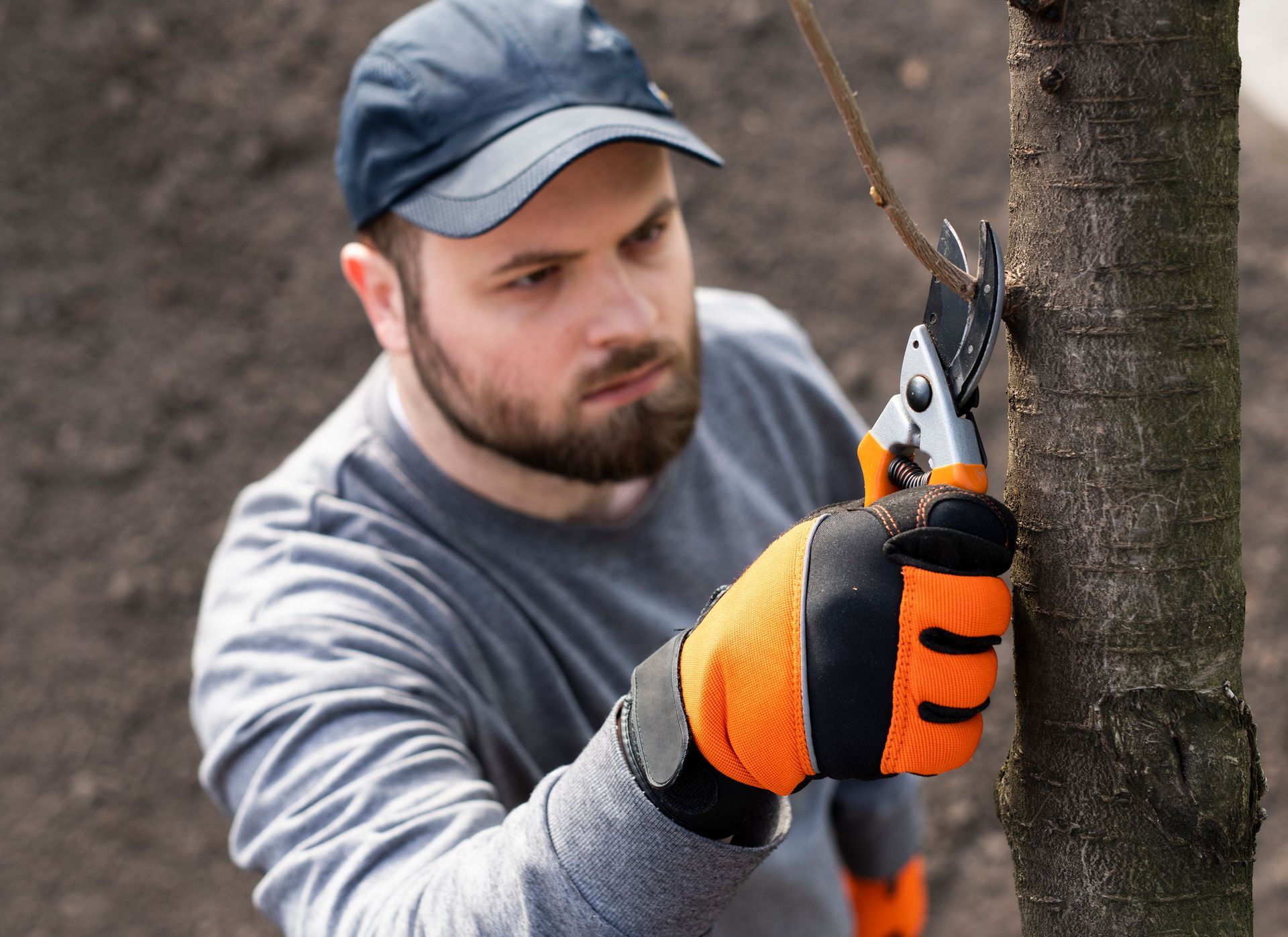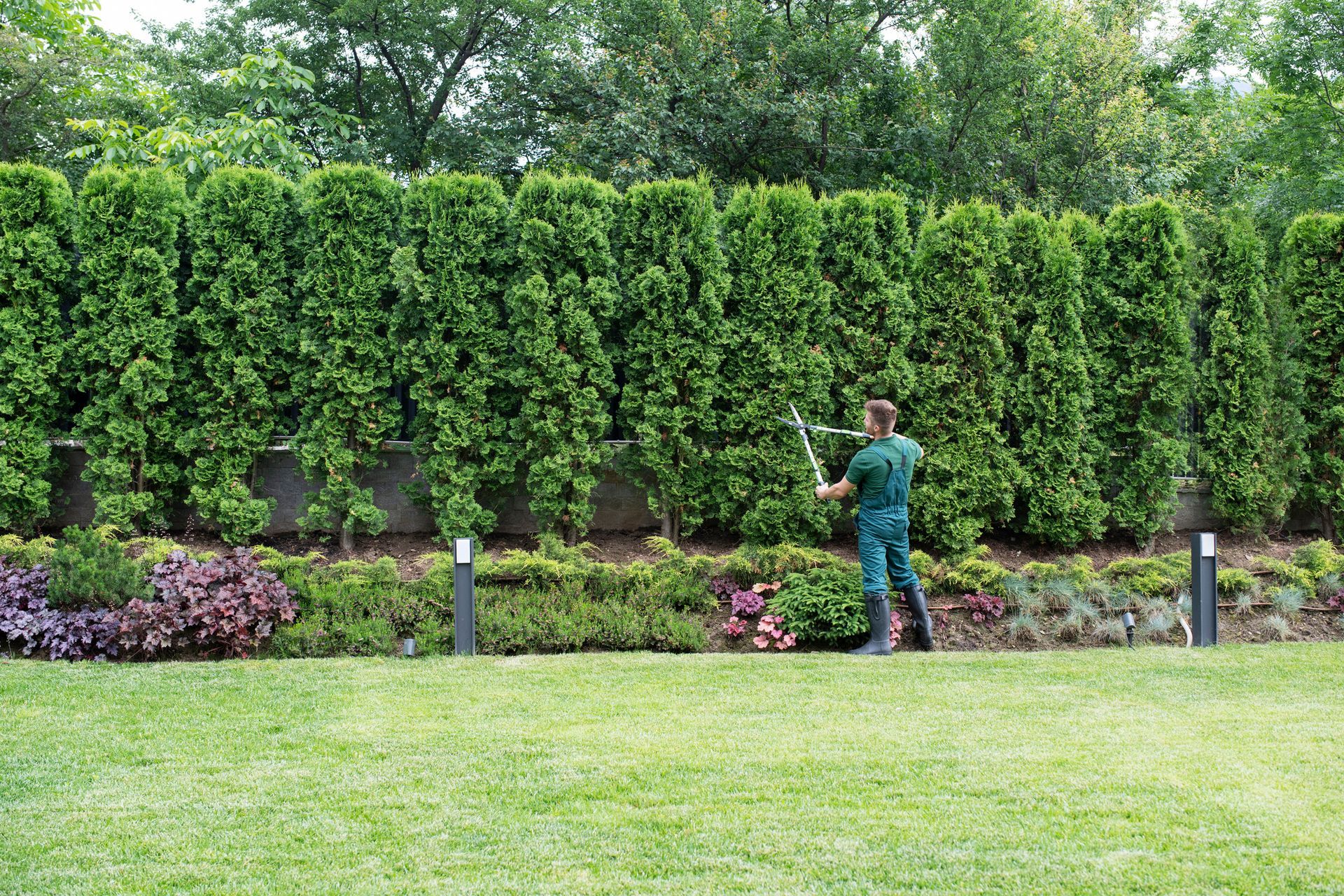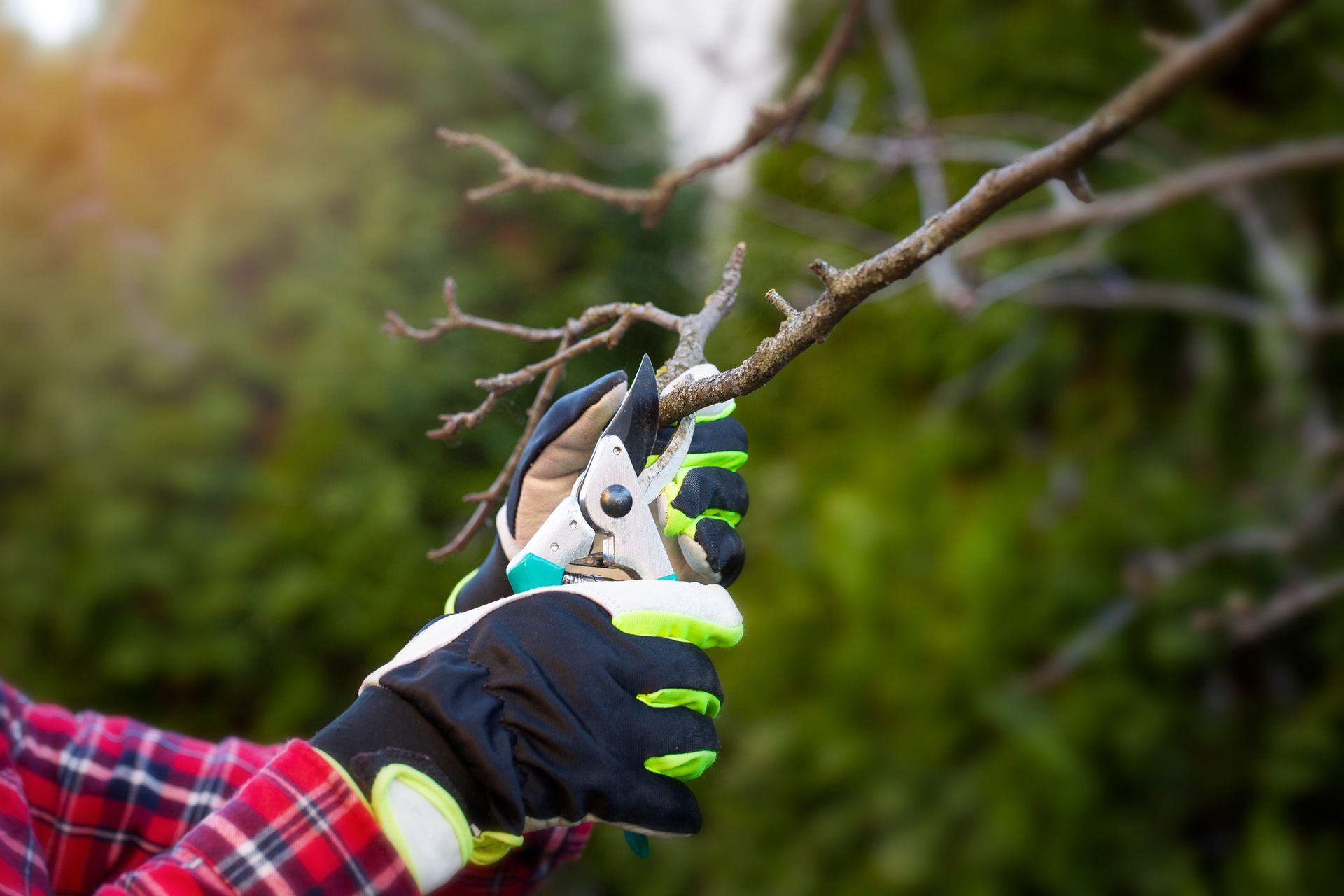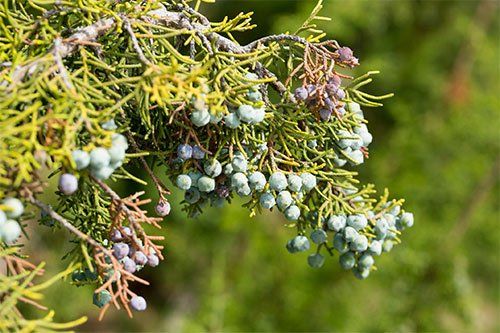3 Types of Insects That Can Sabotage Your Palm Tree
Palm trees can be beautiful additions to your landscape, but they also tend to be a favorite among insects. Some insects that invade palm trees are relatively harmless, while others can quickly compromise the tree's health. For this reason, it's important to identify the insects you see on your palm tree. Here's a look at three of the most common culprits.
1. Red Palm Weevil
The red palm weevil originated in Asia, but it has migrated to the United States and causes a lot of trouble for palm tree growers. It can take up residence on date palms, oil palms, coconut palms and sago palms. Red palm weevils can fly up to 30 miles per day, so they move from place to place quickly. Your tree may be fine one day but covered in bugs the next.
Red palm weevils look like small beetles. They have black abdomens and red heads, and their larvae are oblong and cream or white in color. The insects lay their eggs on a palm trunk, and once they hatch into larvae, they burrow their way inside the tree — killing it from the inside out. Signs of a red palm weevil infestation include:
- Mutilated leaves
- Sparse leaves toward the center of the crown
- Finger-size holes in the trunk, especially near the frond bases
- Brown liquid seeping from wounds in the trunk
Usually, by the time an infestation is detected, there is no saving the tree. Wood and leaves from infested trees need to be burned to prevent the insects from spreading. To protect your trees, consider having them sprayed with insecticides.
2. Giant Palm Borer
Giant palm borers are a species of beetle most often seen on Washingtonia and Phoenix palm varieties. The beetles can measure up to 2 inches in length. They spend several years in their larval stage, during which they dwell entirely within the trunk of the palm tree, all the while eating away at the interior wood. Signs of a giant palm borer infestation include:
- Drooping and yellowing fronds
- Holes in the bark measuring up to three-quarters inch in diameter
- Death of branches nearest the top of the tree
- Buckling of the trunk where the wood has been eaten away
There is no way to save a tree that has been invaded by giant palm borers. It is best to have the tree removed sooner rather than later in order to reduce the spread of the beetles. To protect your palm trees from this deadly insect, focus on keeping them in prime health. Water them during periods of drought and have your soil tested regularly to determine fertilization needs.
3. Thrips
If you have to find insects on your palm tree, you really want them to be thrips. Thrips are not nearly as harmful as the other insects discussed above. They're small insects, often less than one-sixteenth of an inch in length, and they look a bit like worms with legs. Some are black in color, while others are brownish or dark yellow.
Thrips feed on the leaves of many types of trees, including palms. They cause the fronds to develop yellow or brown blotches that later turn black and silvery. Thrips won't kill your palm tree, but you should still take steps to get rid of them because they can weaken the tree and make it more susceptible to disease and invasion by more harmful insects.
To get rid of thrips, have a tree care company come remove the heavily damaged and infested fronds. You can also spray the tree with a soap solution, which knocks the thrips off the plant and helps prevent them from returning. Insecticides may be needed in some cases.
If something is something amiss with your palm tree, give the certified arborists at One Tripp Tree Service a call. We'll help you figure out the cause of your tree's distress, whether it be an insect infestation or a fungal disease, and then recommend the best way to care for your tree.










